Choosing Safe and Engaging Baby Toys
Introduction
Choosing the right toys for your baby can be both exciting and overwhelming. Walk into any baby store (or scroll through Amazon), and you’ll see endless shelves of plush animals, flashing gadgets, and educational play kits. With so many options, how do you ensure you’re picking toys that are safe, engaging, and beneficial for your little one’s development?
This guide breaks down everything you need to know — from safety and engagement to trusted brands and budget-friendly picks. Whether you’re a first-time parent, a gift shopper, or simply curious, you’ll leave with the confidence to choose toys that truly make a difference.
🎲 Why Baby Toys Matter
Baby toys are so much more than colorful distractions — they are essential tools for early learning and development. During the first few years of life, a baby’s brain grows at an astonishing pace, forming millions of neural connections every second. The right toys can nurture this growth by supporting cognitive, physical, and emotional milestones in ways that feel fun and natural to your child.
🧠 Cognitive Development
From the moment babies begin exploring their world, toys become powerful learning aids. A simple rattle is not just a noise-maker; it introduces the concept of cause-and-effect — when the baby shakes, the sound follows. Over time, more complex toys like puzzles, stacking cups, and shape sorters help develop memory, logic, and problem-solving abilities. These experiences build the foundation for later skills in math, reasoning, and critical thinking. Curiosity sparked by toys encourages babies to explore, experiment, and make sense of their surroundings.
💪 Physical Growth
Toys also play a crucial role in supporting both fine motor skills and gross motor development. Small toys that require grasping, stacking, or fitting together strengthen hand-eye coordination and dexterity. Larger toys — such as push toys, activity gyms, and ride-on vehicles — encourage crawling, cruising, and eventually walking. These activities help babies build muscle strength, balance, and coordination, which are all vital for healthy growth. Toys designed for movement not only keep babies active but also help them gain independence and confidence in their physical abilities.
💖 Emotional Growth
The benefits of toys extend beyond the body and mind to include emotional development. Soft toys, plush animals, and comfort blankets often become a child’s first “friends,” offering security and soothing during stressful moments. Role-play toys like dolls, play kitchens, or doctor kits allow toddlers to act out scenarios, experiment with empathy, and practice caring behaviors. Through these interactions, babies and toddlers learn to identify, express, and manage their emotions, laying the groundwork for healthy social skills later in life.
💡 Parent Insight
Parents often wonder what makes a toy “the best” for their child. The simple answer is that the best toys blend fun with learning. If a toy captures your baby’s attention, keeps them engaged, and simultaneously helps them practice a new skill — whether it’s grasping, balancing, or using their imagination — then it’s a win. Toys don’t have to be expensive or flashy; often, the simplest ones turn out to be the most beneficial for development.
🛡️ Safety First: Ensuring Your Baby’s Toys Are Safe
When it comes to choosing toys for your baby, safety is non-negotiable. Infants and toddlers naturally explore their world by mouthing, squeezing, shaking, and even throwing everything they can get their hands on. This means every toy in their environment must meet strict safety standards to protect them from choking hazards, toxic materials, and injuries. A toy that looks cute or entertaining isn’t enough — it has to be built with durability, safety certifications, and age-appropriateness in mind.
✅ Check for Safety Standards
One of the easiest ways to confirm a toy’s safety is to look for recognized safety certifications. In the U.S., toys should meet ASTM F963 standards, which cover everything from flammability to small parts safety. In Europe, look for the EN71 certification, which ensures compliance with EU toy safety regulations. Parents in the U.S. should also pay attention to CPSC (Consumer Product Safety Commission) and CPSIA (Consumer Product Safety Improvement Act) compliance, which regulate testing for lead, phthalates, and other harmful substances. These labels show that the toy has passed rigorous testing and is approved for safe use.
✅ Avoid Small Parts
Size matters when it comes to baby toys. Anything small enough to fit into a toilet paper roll tube can pose a choking hazard for children under three years old. Babies explore with their mouths, so avoid toys with removable buttons, beads, or parts that can snap off. Always follow the age recommendations on toy packaging, since manufacturers base them on safety considerations as much as developmental appropriateness.
✅ Non-Toxic Materials
Babies put nearly everything in their mouths, which makes non-toxic materials essential. Always choose toys labeled BPA-free, phthalate-free, and lead-free. If you’re purchasing wooden toys, make sure they are finished with non-toxic, water-based paints or sealants that won’t chip or leach harmful chemicals. Plush toys should also be free from chemical flame retardants, which are no longer recommended for infant products.
✅ Durability
Durability is just as important as material safety. Toys for babies should be sturdy enough to withstand chewing, dropping, and tugging without breaking into small parts. Avoid toys with sharp edges, loose stitching, or peeling paint, as these can quickly become hazards. Even a high-quality toy can become unsafe if it breaks, so sturdiness should always be a priority.
💡 Safety Tip
Even the safest toy can become risky over time if it wears down. Inspect toys regularly for cracks, loose parts, or fraying fabric. Replace or repair damaged toys right away. Rotating toys also helps keep them in good condition and reduces the chance of unnoticed wear.
Engaging and Educational: Choosing the Right Toys
Safety comes first — but the right level of engagement is what keeps your baby learning.
Age-Appropriate Choices
0–6 Months: High-contrast toys, plush rattles, teething rings, musical mobiles.
6–12 Months: Stacking cups, activity gyms, textured teethers, pop-up toys.
12–24 Months: Push walkers, shape sorters, building blocks, simple puzzles, musical toys.
🎲 Types of Toys That Boost Development
🌟 Sensory Toys
Babies experience the world primarily through their senses — touch, sight, and sound — and sensory toys are specifically designed to nurture this exploration. Toys with different textures (smooth, bumpy, soft, crinkly) encourage tactile development, helping little ones distinguish between sensations. Mirrors give babies a chance to recognize faces, expressions, and eventually themselves, which supports early self-awareness. Toys with lights, gentle rattles, or soothing chimes stimulate visual and auditory processing, keeping babies engaged while building neural connections in the brain. For young infants especially, sensory play lays the groundwork for future learning by making the environment rich and stimulating.
🌟 Interactive Toys
As babies grow, they begin to understand that their actions can produce results, and interactive toys make this concept tangible. Toys with buttons, levers, or sound triggers reward babies when they push, pull, or shake, reinforcing the concept of cause and effect. For example, a toy piano that plays a note when a key is pressed or a pop-up toy that reveals characters when levers are pulled both encourage problem-solving, hand-eye coordination, and persistence. These toys are particularly powerful because they turn play into an early lesson in logic, teaching babies that their choices can change the world around them.
🌟 Open-Ended Toys
Open-ended toys are simple but incredibly valuable because they can be played with in endless ways. Classic items like blocks, stacking cups, and nesting toys allow babies to experiment with building, filling, dumping, or arranging. Instead of guiding children toward a single “correct” outcome, open-ended toys give them freedom to explore, encouraging creativity, imagination, and problem-solving. As babies grow into toddlers, these same toys adapt to more complex play, making them versatile and long-lasting additions to the toy box.
💡 Development Tip
The most effective toy collection is one that covers a balance of different skills — motor, sensory, social, and cognitive. By mixing sensory toys for exploration, interactive toys for problem-solving, and open-ended toys for creativity, parents can provide a rich environment that supports whole-child development. Remember: toys don’t have to be expensive or complicated. Even simple items that invite curiosity and hands-on exploration can have the biggest impact.
🌟 6 Trusted Baby Toy Brands Parents Recommend
When it comes to toys, parents want products that are not only fun but also safe, durable, and developmentally appropriate. Some brands have stood the test of time, while others are newer entrants making waves with Montessori-inspired and eco-friendly designs. Below are some of the most reliable and popular toy brands in 2025, each bringing something unique to the playroom.
🧸 1. Fisher-Price
For decades, Fisher-Price has been a household name in baby and toddler development. From classic rattles and stacking rings to modern activity gyms and interactive toys, the brand consistently designs products that meet babies where they are developmentally. Parents love Fisher-Price because their toys are affordable, widely available, and rigorously tested for safety. Many families find themselves passing down Fisher-Price favorites from one child to the next because of their durability. Buy on Amazon
🧸 2. Melissa & Doug
Melissa & Doug has become synonymous with high-quality wooden toys that are both eco-friendly and timeless. Their puzzles, pretend-play sets, and block collections appeal to parents who want toys that encourage imagination without flashing lights or batteries. With a Montessori-inspired approach, Melissa & Doug toys are designed to foster creativity, problem-solving, and open-ended play. Parents who value natural materials often gravitate toward this brand for its use of non-toxic paints and finishes. Buy on Amazon
🧸 3. VTech
For parents who want toys with an educational technology edge, VTechare go-to brands. Known for interactive, electronic learning toys, these companies offer everything from baby laptops and talking books to musical instruments and toddler tablets. Their products are designed to introduce early literacy, counting, music, and even foreign languages in fun, engaging ways. Parents appreciate that the toys are both entertaining and skill-building, making screen-free time more interactive. Buy on Amazon
🧸 4. Lovevery
Lovevery is one of the rising stars in the toy world, especially among millennial and Gen Z parents. Their Montessori-inspired play kits are subscription-based, delivering stage-appropriate toys every few months that are tailored to a child’s exact age and developmental needs. The toys are crafted from sustainably sourced wood, organic cotton, and safe plastics, appealing to eco-conscious families. Parents value the brand’s research-backed approach, knowing each toy is designed with child development experts. Buy on Amazon
🧸 5. Green Toys
If sustainability is a priority, Green Toys stands out. Their toys are made from 100% recycled plastics, primarily from milk jugs, and are free of BPA, phthalates, and PVC. Parents love their bright, dishwasher-safe designs, including play kitchens, trucks, boats, and bath toys. Green Toys proves that eco-friendly can also be affordable and durable, making them a favorite for families who want to reduce their environmental footprint. Buy on Amazon
🧸 6. Hape
Hape is another beloved brand for families seeking safe, wooden toys that combine bright colors with eco-friendly finishes. From musical instruments to marble runs, Hape products are designed to spark curiosity and creativity. Parents appreciate that Hape uses water-based, non-toxic paints and emphasizes sustainability in its production process. The toys are sturdy enough to withstand rough toddler play while still looking beautiful in any playroom. Buy on Amazon
👉 Pro Tip: Before purchasing any toy, take a few minutes to check Amazon reviews, parenting forums, and safety recalls. Even trusted brands may have occasional product recalls or design flaws, and reading real-life feedback from other parents ensures you’re investing in toys that are not only safe but also loved and well-used by children.
Best Types of Baby Toys by Category
To make shopping easier, here’s a breakdown of baby toys that truly deliver value in 2025.
1. Best Toys for Newborns (0–6 Months)
Rattles with gentle sounds.
High-contrast black-and-white toys.
Soft plush animals for comfort.
Crib mobiles with soothing lights/music.
2. Best Toys for 6–12 Months
Activity gyms with hanging toys.
Teething rings with textured surfaces.
Stackable cups and rings.
Crawl-along toys that encourage movement.
3. Best Toys for 12–24 Months
Push-and-pull walkers.
Shape sorters and puzzles.
Musical instruments (mini drums, tambourines).
Building blocks (LEGO Duplo, Mega Bloks).
4. Best Toddler Developmental Toys (2+ Years)
Pretend play sets (kitchen, doctor kits).
Ride-on toys and balance bikes.
Art supplies (crayons, washable paints).
Early STEM toys (magnetic tiles, coding toys).
Budget-Friendly Tips for Buying Baby Toys
Toys don’t have to break the bank. Babies outgrow them quickly, so here’s how to save money while still buying quality:
💰 Look for Sales – Black Friday, holiday bundles, and baby expos are great times to buy.
♻ Buy Gently Used – Facebook Marketplace, eBay, and local parent swaps often have safe, gently used toys at a fraction of the price.
🎲 Pick Versatile Toys – Toys like stacking sets and activity cubes “grow” with your child and last longer.
🎁 Consider Subscription Boxes – Companies like Lovevery deliver age-appropriate play kits every few months.
Pros & Cons of Baby Toys
✅ Pros
Boost development across multiple areas.
Provide entertainment and comfort.
Encourage bonding between parent and child.
Wide variety available for every budget.
❌ Cons
Some toys are quickly outgrown.
Cheap versions may lack safety certifications.
Too many toys can overwhelm babies (and clutter your home).
💡 Parent hack: Rotate toys weekly. Keep only 3–4 toys available at a time to avoid overstimulation and make old toys feel “new” again.
FAQs About Baby Toys
1. What toys are best for brain development?
Puzzles, building blocks, and interactive toys that encourage problem-solving.
2. When can I give my baby toys?
You can introduce simple rattles and soft plushies from birth. Choose age-appropriate options as they grow.
3. Are electronic toys safe for babies?
Yes, if they meet safety standards. Limit screen-like features and focus on interactive learning instead.
4. How many toys should my baby have?
Quality over quantity. Around 5–10 versatile toys per stage is enough.
5. What toys should I avoid?
Avoid toys with small detachable parts, toxic materials, or sharp edges.
Conclusion: Making the Right Choice
Choosing safe and engaging baby toys doesn’t have to be overwhelming. By focusing on:
✅ Safety certifications & materials
✅ Developmental benefits
✅ Trusted brands & reviews
✅ Value for money
…you’ll set your baby up for fun, growth, and confidence.
The best toys aren’t necessarily the flashiest or most expensive — they’re the ones that match your baby’s stage, spark curiosity, and encourage exploration.
✨ Remember: The best toy for your baby isn’t the one with the most features, but the one that brings joy, learning, and bonding into your daily routine.
Happy toy shopping! 🎉
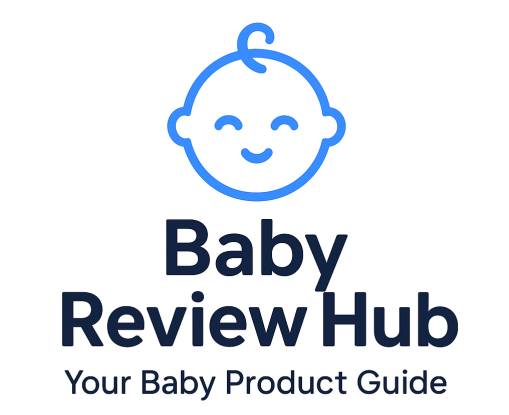
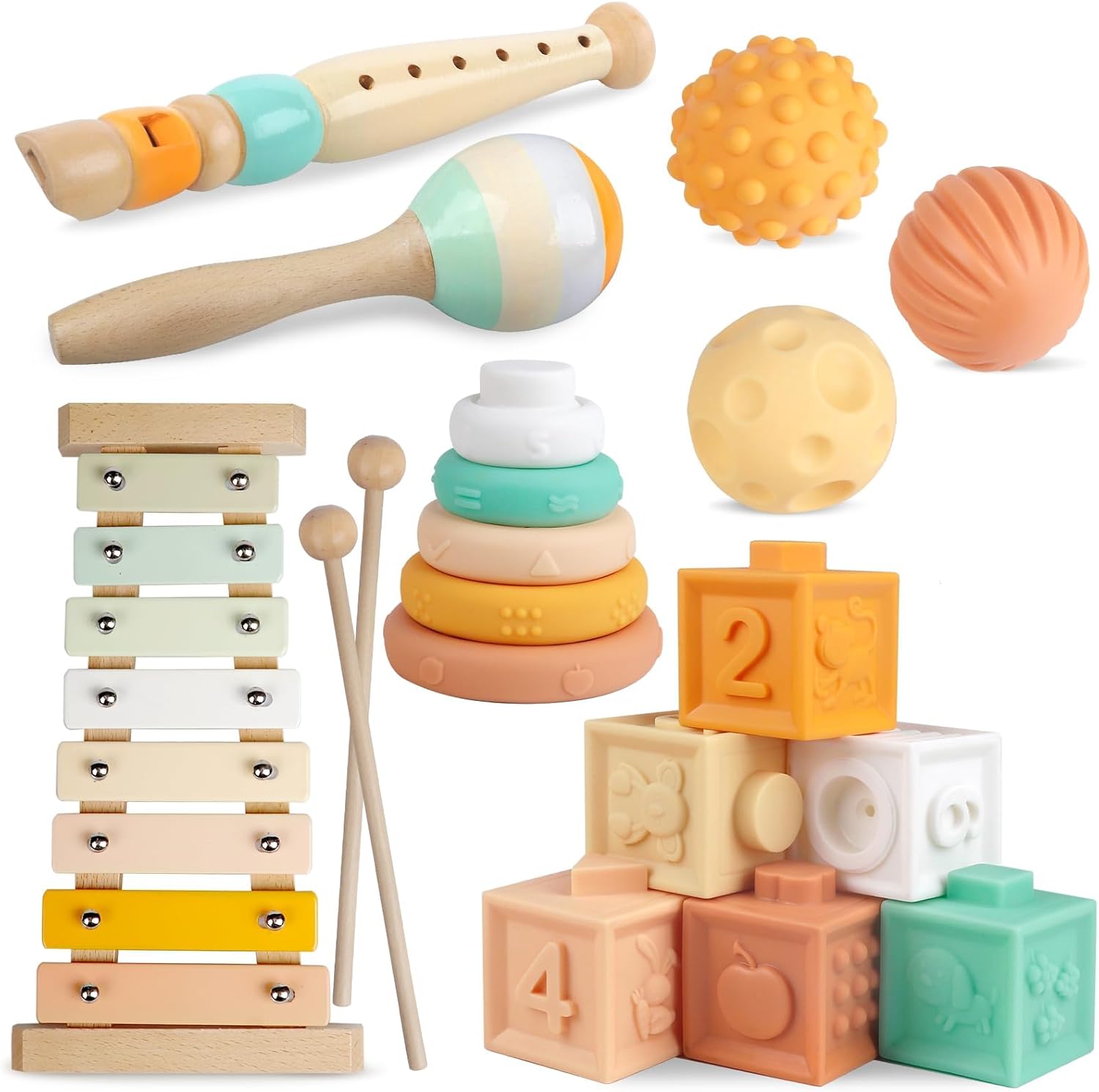
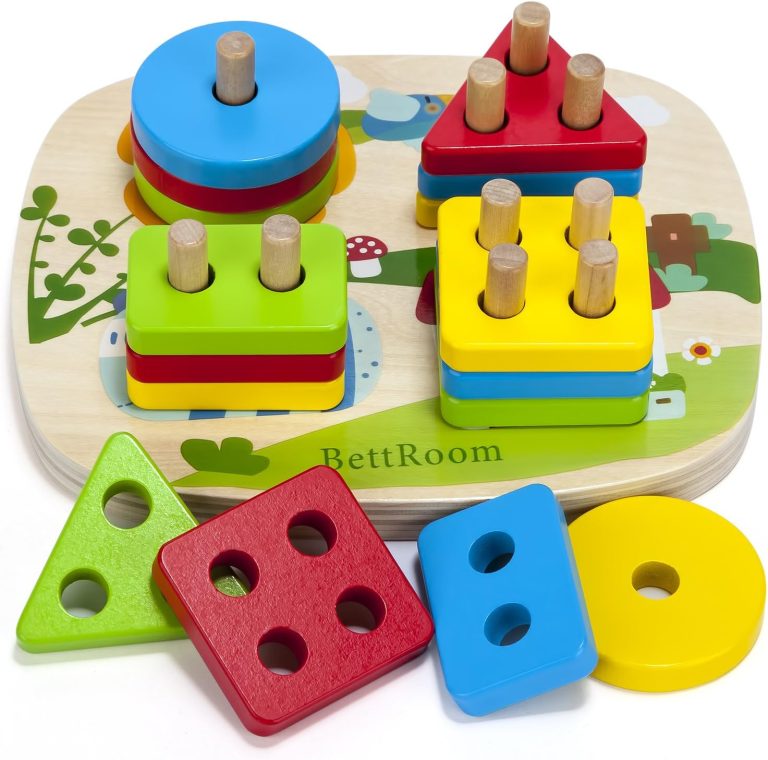
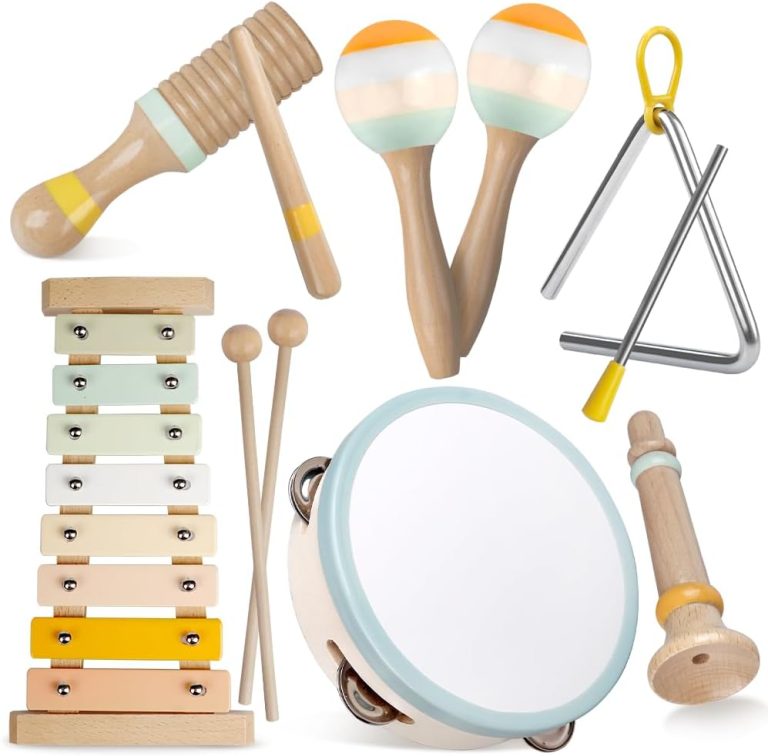
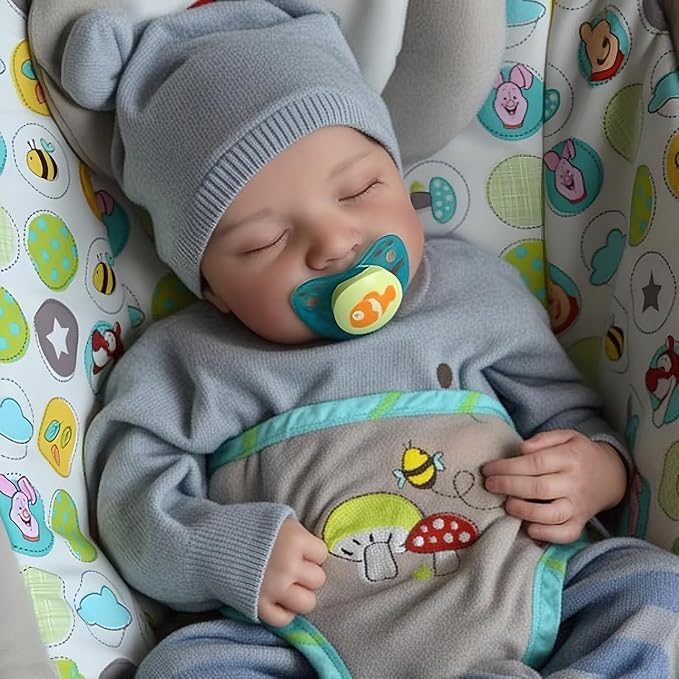
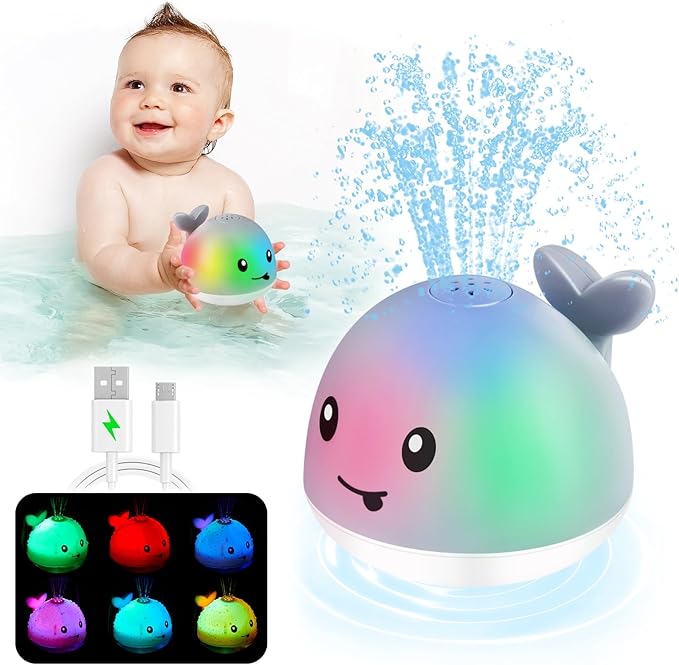
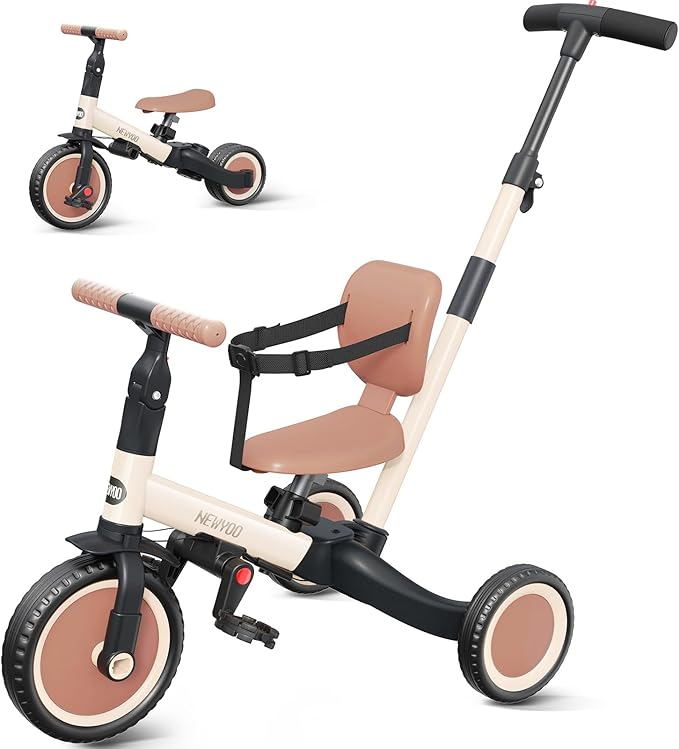
One Comment